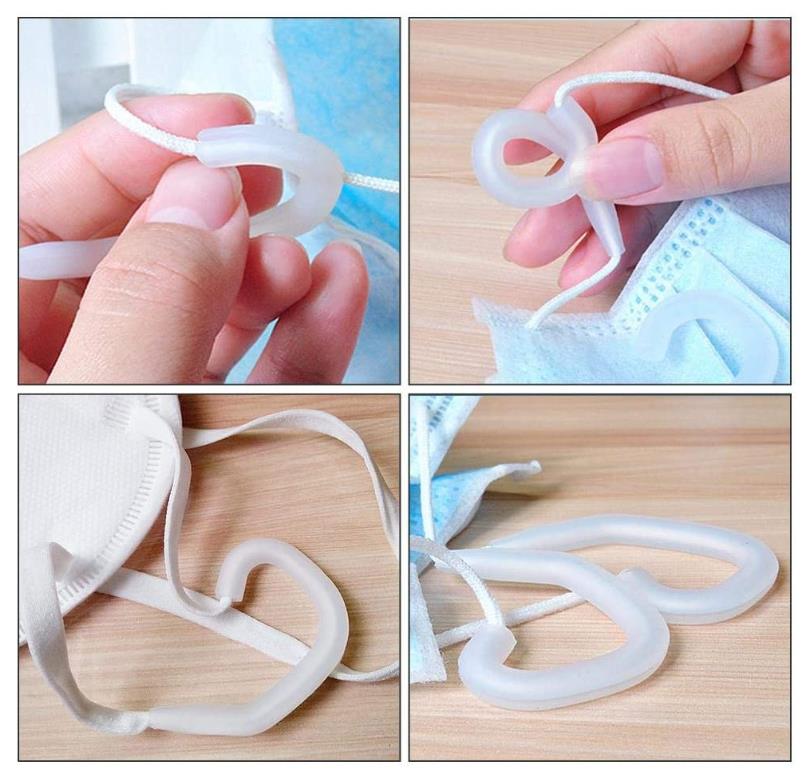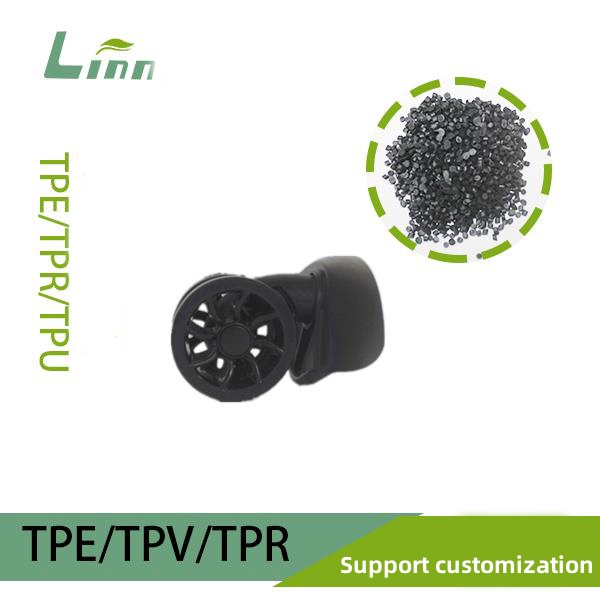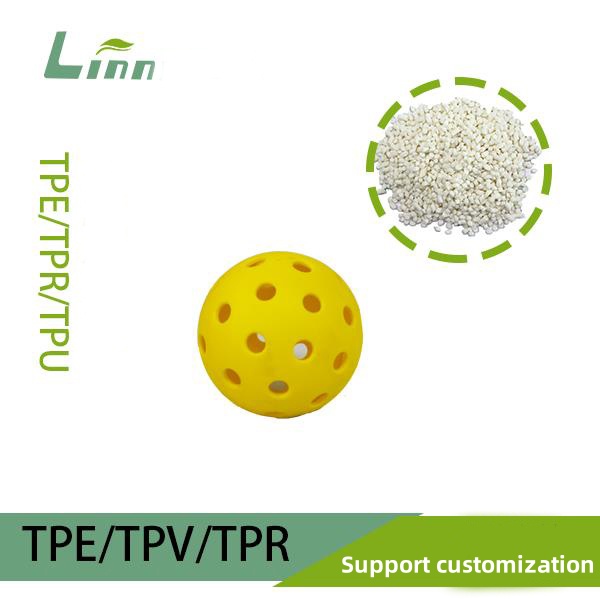I’ve been in the plastics industry for over a decade, working hands-on with TPR (Thermoplastic Rubber) in applications like tool grips, medical devices, and consumer electronics. One of the trickiest issues I’ve tackled is dealing with burrs and flash—those pesky excess bits of material that cling to TPR overmolded parts, making them look sloppy and potentially compromising functionality. If you’re pulling parts off the mold only to find rough edges or thin wisps of TPR where they shouldn’t be, I feel your frustration. These defects can slow down production, increase scrap rates, and even lead to customer complaints. Drawing from my experience on factory floors, I’m here to guide you through practical, proven methods to remove burrs and flash from TPR overmolded products and prevent them from cropping up in the first place. Let’s get those parts looking clean and professional.

What Are Burrs and Flash in TPR Overmolding?
Before we dive into solutions, let’s clarify what we’re dealing with. Burrs are rough, raised edges or small protrusions left on a part after molding, often caused by material squeezing into mold imperfections. Flash is a thin layer of excess material that escapes the mold cavity, typically along parting lines or vents, forming a wispy or membrane-like edge. In TPR overmolding—where TPR is molded onto a substrate like plastic or metal—these defects are especially common due to TPR’s soft, flexible nature and the complexity of bonding two materials.
I’ve seen burrs and flash wreak havoc in production. Once, a client making TPR-overmolded toothbrush handles faced a 20% rejection rate because flash along the edges made the parts feel cheap. Understanding why these defects occur is the first step to fixing them.
Why Do Burrs and Flash Occur in TPR Overmolding?
From my years troubleshooting molding lines, I’ve pinpointed the main causes of burrs and flash in TPR overmolding:
Mold Imperfections: Worn parting lines, damaged mold surfaces, or misaligned mold halves allow TPR to seep into gaps, forming flash.
High Injection Pressure: Excessive pressure forces TPR into mold seams or vents, creating burrs and flash, especially with low-viscosity TPR grades.
Improper Venting: Inadequate or oversized vents let TPR escape the cavity, leading to flash along edges.
Material Properties: TPR’s high flowability (e.g., low melt flow index, 5-10 g/10 min) and oil content make it prone to squeezing into tiny gaps.
Substrate Issues: Poor bonding between TPR and the substrate (e.g., plastic or metal) can cause material to leak at the interface, forming flash.
Processing Errors: Incorrect melt temperature (above 200°C), fast injection speeds, or insufficient clamping force can exacerbate flash formation.
Mold Wear: Over time, molds develop micro-cracks or loose tolerances, allowing TPR to creep into unwanted areas.
Identifying the root cause is critical. For example, I once traced flash on TPR-overmolded phone cases to a worn parting line, which we fixed with a quick mold repair, saving thousands in rework.
Immediate Methods to Remove Burrs and Flash
If you’re dealing with burrs and flash on your TPR-overmolded parts right now, here are field-tested methods to clean them up. These techniques range from manual to automated, depending on your production scale and budget.
1. Manual Trimming
For small batches or prototypes, manual trimming is quick and cost-effective:
Tools: Use precision scissors, utility knives, or curved-blade trimmers designed for soft plastics. Ensure blades are sharp to avoid tearing the TPR.
Technique: Hold the part firmly and trim flash or burrs at a 45-degree angle to prevent gouging the surface. Work in a well-lit area to spot fine defects.
Safety: Wear cut-resistant gloves and safety glasses, as TPR can be slippery and blades can slip.
Post-Trimming: Smooth any rough edges with fine sandpaper (600-800 grit) or a soft buffing wheel.
I’ve used this method for custom TPR-overmolded tool handles, where operators trimmed flash in under 10 seconds per part, keeping costs low.

2. Cryogenic Deflashing
For high-volume production, cryogenic deflashing is highly effective for soft TPR:
Process: Freeze parts in a cryogenic chamber (using liquid nitrogen at -80°C to -100°C) to harden the TPR. Tumble the parts with abrasive media (e.g., polycarbonate pellets) to knock off brittle flash and burrs.
Equipment: Use a cryogenic deflashing machine with adjustable tumbling speed and temperature control.
Settings: Set tumbling time to 5-10 minutes and media size to 0.5-1 mm for delicate TPR parts. Test on a small batch to avoid surface damage.
Benefits: Removes flash from complex geometries without manual labor, ideal for overmolded parts with intricate substrate interfaces.
A factory I worked with used cryogenic deflashing for TPR-overmolded medical grips, reducing finishing time by 70% compared to manual trimming.
3. Thermal Deflashing
For parts where cryogenic methods are too aggressive:
Process: Expose parts to controlled heat (200-250°C) in a thermal deflashing machine to burn off thin flash while preserving the part’s integrity.
Setup: Place parts in a basket and cycle them through a heated chamber for 1-2 minutes, followed by cooling.
Precautions: Ensure TPR’s heat resistance (check the MSDS) can withstand the temperature. Avoid for parts with thin TPR layers or sensitive substrates.
Advantages: Fast and automated, suitable for medium to high volumes.
I recommended thermal deflashing for a client’s TPR-overmolded cable connectors, which cleaned up flash in hard-to-reach areas without damaging the plastic substrate.
4. Abrasive Blasting
For burrs or thicker flash:
Process: Blast parts with fine abrasive media (e.g., glass beads or walnut shells) at low pressure (20-40 psi) to remove defects without altering the part’s shape.
Equipment: Use a blast cabinet with adjustable pressure and a dust collection system.
Technique: Test on a sample to find the right media and pressure. Mask substrate areas (e.g., metal or hard plastic) to prevent abrasion.
Finish: Inspect parts for uniformity and buff lightly if needed for a smooth surface.
Caution: Test all methods on a small batch to ensure they don’t compromise TPR’s flexibility or substrate adhesion. Document results for consistency.

Long-Term Strategies to Prevent Burrs and Flash
Removing burrs and flash is only half the battle—preventing them is the real win. Here are strategies I’ve implemented to keep TPR overmolding defect-free:
1. Optimize Mold Design and Maintenance
A well-maintained mold is your first line of defense:
Tight Tolerances: Ensure parting line tolerances are <0.01 mm to prevent TPR leakage. Work with your mold maker to verify alignment.
Proper Venting: Design vents 0.01-0.03 mm deep to release air without allowing TPR to escape. Place vents away from critical surfaces.
Polished Parting Lines: Regularly polish parting lines to remove micro-cracks or wear, which can cause flash. According to Plastics Technology, proper mold maintenance can reduce flash by 30%.
Mold Coatings: Apply a non-stick coating (e.g., PTFE) to the mold cavity to reduce TPR adhesion and flash formation.
I helped a factory eliminate flash on TPR-overmolded razor handles by re-machining the mold’s parting line and adding micro-vents, cutting defects by 80%.
2. Fine-Tune Processing Parameters
Precise control over molding conditions minimizes defects:
Lower Injection Pressure: Set injection pressure to 50-80 MPa for TPR to avoid forcing material into mold gaps. Adjust based on part thickness.
Optimize Melt Temperature: Keep melt temperature at 170-190°C to maintain TPR’s flow without increasing flash risk.
Increase Clamping Force: Ensure clamping force is 1.5-2 tons/cm² of projected part area to keep mold halves tightly closed.
Slow Injection Speed: Use a medium speed (20-40 mm/s) to reduce material turbulence that leads to flash.
A client reduced flash on TPR-overmolded earbuds by lowering injection pressure from 100 MPa to 70 MPa and increasing clamping force by 10%.

3. Enhance Substrate Preparation
Good TPR-substrate bonding reduces flash at the interface:
Surface Cleaning: Clean substrates with isopropyl alcohol to remove oils or contaminants that weaken adhesion.
Texturing: Lightly texture the substrate (e.g., with sandblasting) to improve mechanical bonding with TPR.
Pre-Heating: Warm substrates to 40-50°C before overmolding to enhance TPR flow and adhesion, reducing leakage.
4. Improve Material and Quality Control
Select Low-Flow TPR: Choose TPR grades with a higher viscosity (MFI 5-8 g/10 min) to reduce flash in thin sections. Verify with your supplier’s Certificate of Analysis (COA).
Dry Material: Dry TPR pellets at 60-70°C for 2 hours to eliminate moisture, which can increase flowability and flash.
Batch Testing: Test each TPR batch for consistency before production to avoid unexpected flow behavior.
Here’s a table summarizing these preventive strategies:
|
Strategy |
Action |
Expected Outcome |
|---|---|---|
|
Mold Design |
Tight tolerances, proper venting, polished parting lines, non-stick coatings |
Minimizes TPR leakage and flash |
|
Processing Parameters |
Lower pressure, optimal temperature, increased clamping force, slower speed |
Reduces material seepage into mold gaps |
|
Substrate Preparation |
Clean, texture, and pre-heat substrates |
Improves TPR adhesion, reduces interface flash |
|
Material/QC |
Low-flow TPR, dry pellets, batch testing |
Ensures consistent flow, fewer defects |
Real-Life Case Study
Let me share a story from my consulting work to show how these solutions come together. A few years ago, I helped a factory producing TPR-overmolded tool grips that were plagued by flash along the parting lines and burrs near the metal substrate. The defects were causing a 25% scrap rate, and the client was under pressure to deliver to a major retailer.
We tackled the issue step by step:
Immediate Fix: Used cryogenic deflashing to clean up existing parts, salvaging 80% of the defective batch in one day.
Mold Repair: Polished the parting lines and added 0.02 mm vents to prevent TPR leakage, reducing flash by 70%.
Process Adjustment: Lowered injection pressure to 65 MPa and set melt temperature to 180°C, which eliminated most burrs.
Substrate Prep: Textured the metal inserts with a light sandblast, improving TPR adhesion and cutting interface flash.
Long-Term Plan: Implemented a QC checklist to inspect molds weekly and trained operators to monitor clamping force.
Within two weeks, the scrap rate dropped to 5%, and the client met their delivery deadline. They later reported a 15% boost in production efficiency thanks to the optimized process.

Additional Tips for TPR Overmolding Success
To keep your TPR overmolding free of burrs and flash, here are some extra insights from my experience:
Operator Training: Hold quarterly sessions to teach staff how to spot flash early and adjust parameters like clamping force.
Mold Monitoring: Use sensors to track mold pressure and temperature in real-time, catching issues before they cause defects.
Experiment with TPR Grades: If flash persists, try SEBS-based TPR, which has lower flowability than SBS-based grades, reducing leakage.
Document Incidents: Log every flash or burr issue, including mold condition, settings, and fixes, to build a knowledge base for future runs.
Frequently Asked Questions
To wrap up, here are answers to common questions I’ve heard from factory teams about TPR overmolding defects:
Q1: Can I reuse parts with removed flash or burrs?
A: Yes, if the trimming or deflashing doesn’t compromise the part’s shape or function. Test for adhesion and flexibility to ensure quality.
Q2: How do I know if my mold is causing flash?
A: Check for worn parting lines, misaligned mold halves, or oversized vents. If flash appears consistently along seams, the mold is likely the issue.
Q3: Is cryogenic deflashing safe for delicate TPR parts?
A: Yes, if you use fine media and short tumbling times (5-7 minutes). Test on a sample to avoid surface damage or substrate detachment.
Q4: Can mold release agents reduce flash?
A: They can help by reducing TPR adhesion to the mold, but over-application may cause other defects like gloss marks. Use sparingly and clean molds regularly.
Q5: How do I convince management to invest in mold repairs?
A: Show data on scrap rates, rework costs, and customer rejections due to flash. Compare that to the cost of mold maintenance (typically $500-$2000) to highlight savings.
Closing Reflections
Burrs and flash on TPR-overmolded parts can be a real headache, but they’re not unbeatable. With the right combination of trimming techniques, process tweaks, and mold maintenance, you can produce clean, high-quality parts that meet even the strictest standards. The solutions I’ve shared come from years of solving real-world molding challenges, and I hope they empower you to tackle these defects with confidence. If you’re wrestling with a stubborn flash problem or just want to swap tips on TPR overmolding, feel free to reach out—I’m always happy to talk shop and help you keep your production line running smoothly.





